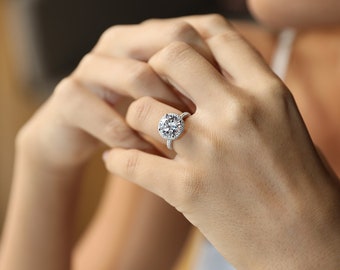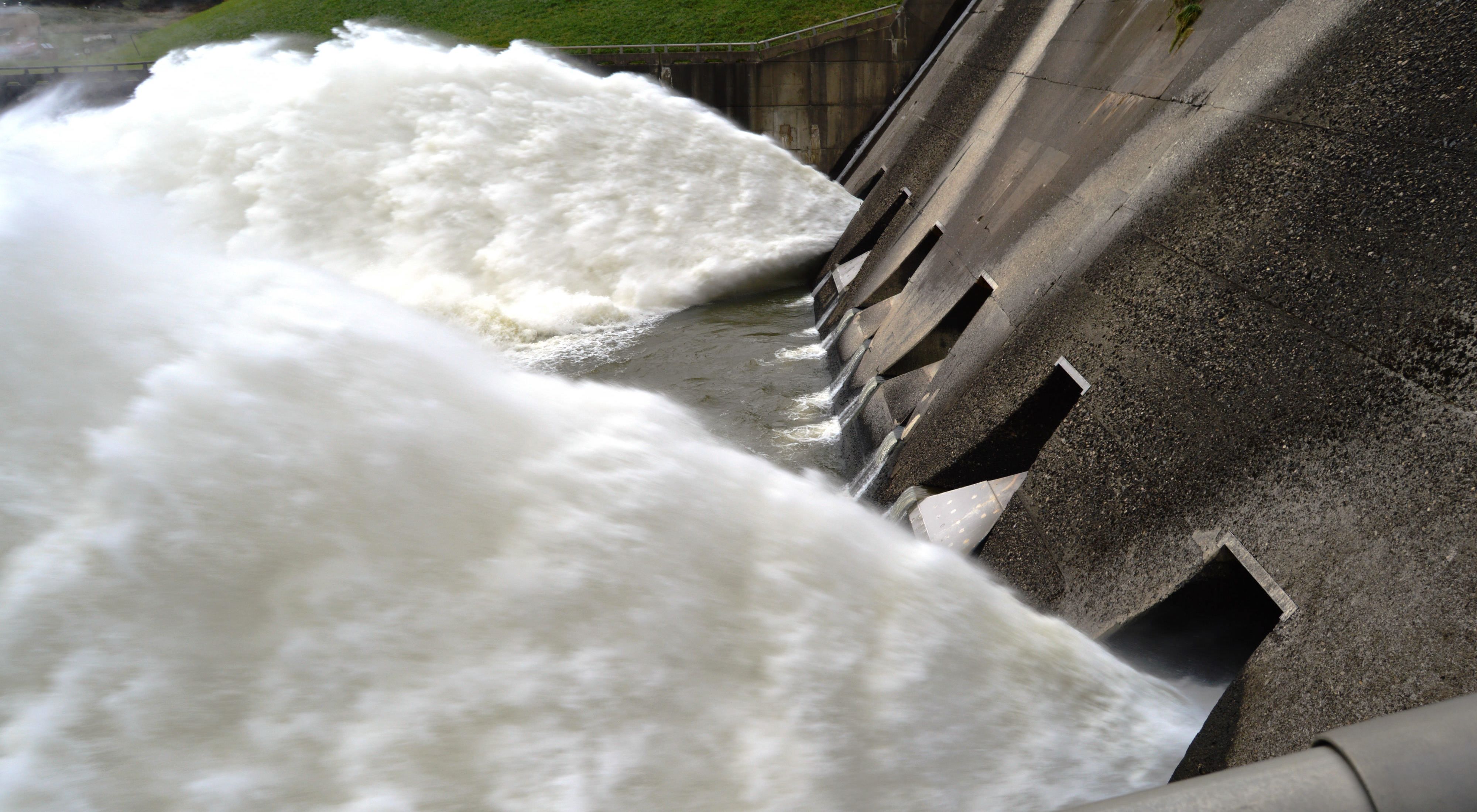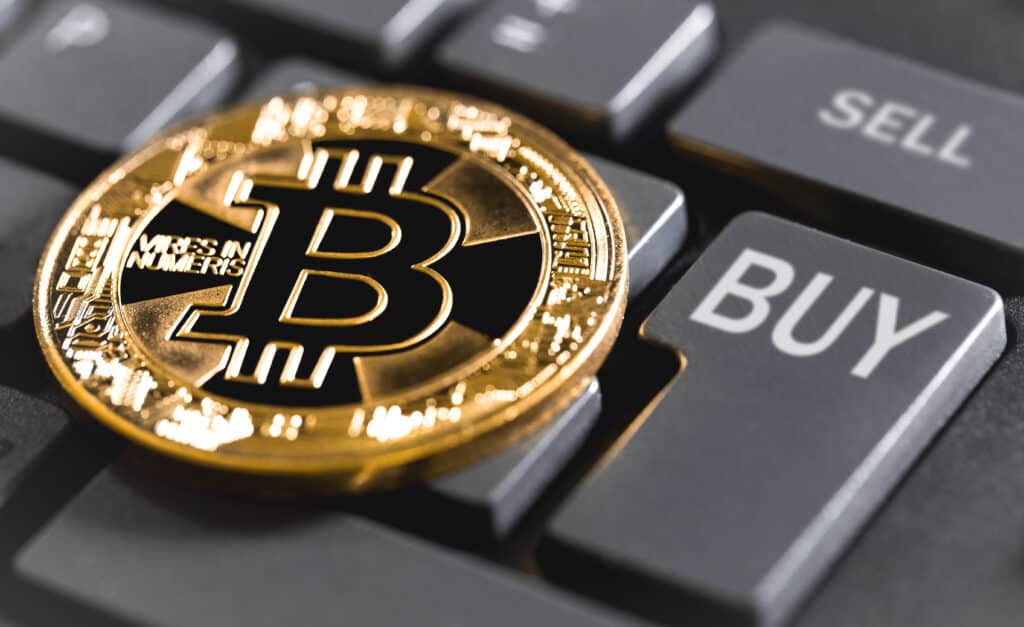Introduction to Lab Diamonds
When you think of diamonds, what comes to mind? Probably the sparkle, the extravagance, and maybe even the hefty price tag. But what if I told you there’s a way to get all the brilliance of a diamond without breaking the bank or compromising on ethics? Enter lab diamonds—the modern marvels of the gemstone world.
What Are Lab Diamonds?
Lab diamonds, also known as synthetic or cultured diamonds, are real diamonds that are created in a controlled environment, unlike natural diamonds that form over millions of years in the Earth’s crust. These lab-grown gems have the same physical, chemical, and optical properties as their mined counterparts. They’re not fakes or imitations but genuine diamonds, just made by a different process.
How Are Lab Diamonds Created?
So, how do these sparkling gems come to life? Lab diamonds are created using advanced technology that mimics the natural diamond formation process. Let’s dive into the two main methods used.
High Pressure High Temperature (HPHT) Method
The HPHT method is a process that replicates the intense pressure and temperature conditions found deep within the Earth. A small diamond seed is placed in a chamber with carbon and exposed to high pressure and temperature. Over time, the carbon crystallizes around the seed, forming a diamond. Think of it as a diamond factory where nature’s conditions are artificially recreated.
Chemical Vapor Deposition (CVD) Method
On the other hand, the CVD method involves placing a diamond seed in a chamber filled with carbon-rich gases. These gases are ionized to form a plasma, which causes the carbon atoms to deposit onto the seed and crystallize into a diamond. It’s like creating a diamond in a giant vacuum chamber where carbon atoms slowly assemble into a gem.
Lab Diamonds vs. Natural Diamonds
Now, let’s address the elephant in the room: how do lab diamonds stack up against natural diamonds? Are they really the same?
Key Differences
The primary difference is their origin. Natural diamonds are formed over millions of years under the Earth’s surface, while lab diamonds are created in a matter of weeks. However, this doesn’t affect their quality or appearance. Both types of diamonds share identical physical and chemical properties.
Quality and Value Comparison
When it comes to quality, lab diamonds can be as brilliant and clear as natural diamonds. In fact, they are often graded using the same criteria: cut, color, clarity, and carat weight (the 4 Cs).
Durability and Hardness
In terms of durability, lab diamonds are no different from natural diamonds. They both score a 10 on the Mohs scale of hardness, making them incredibly resistant to scratching and damage.
Pricing and Market Trends
Here’s the kicker: lab diamonds are generally 20-40% less expensive than natural diamonds. This price difference is mainly due to the lower production costs and the absence of the middlemen typical in the natural diamond market.
Benefits of Choosing Lab Diamonds
Why should you consider lab made diamonds for your next piece of jewelry? Let’s explore the benefits.
Ethical and Environmental Considerations
One of the most compelling reasons to choose lab diamonds is their ethical and environmental impact. Lab diamonds eliminate the risk of “blood diamonds” and reduce the environmental damage associated with mining. They are a more sustainable choice for conscious consumers.
Customization and Variety
Lab diamonds offer a fantastic range of customization options. From unique cuts to specific color and clarity preferences, lab diamonds can be tailored to meet individual tastes without the constraints often found in the natural diamond market.
How to Buy Lab Diamonds
Ready to shop for a lab diamond? Here’s what you need to know.
Factors to Consider
When purchasing a lab diamond, consider factors such as certification, cut quality, and the reputation of the seller. Certification ensures that the diamond meets specific standards and has been accurately graded.
Certification and Grading
Ensure that the lab diamond comes with a grading report from a reputable gemological institute, such as the Gemological Institute of America (GIA). This report verifies the diamond’s quality and authenticity.
Choosing a Reputable Seller
Opt for sellers with good reviews and transparent practices. Reputable retailers will provide detailed information about their diamonds and offer clear return policies.
Lab Diamonds in the Jewelry Market
Lab diamonds are making waves in the jewelry industry. Let’s see where they’re shining the brightest.
Popular Jewelry Designs
From classic engagement rings to trendy earrings and necklaces, lab diamonds are featured in a wide range of jewelry designs. Their versatility and affordability make them an attractive choice for many styles.
Celebrity Trends and Influences
Celebrities are increasingly embracing lab diamonds. High-profile figures like Meghan Markle have been spotted wearing lab-grown diamonds, adding to their appeal and acceptance.
Future of Lab Diamonds
What’s next for lab diamonds? The future looks promising.
Technological Advances
As technology advances, the production of lab diamonds becomes more efficient and affordable. Innovations in both HPHT and CVD methods continue to improve the quality and reduce costs, making lab diamonds even more accessible.
Market Predictions
Experts predict that the popularity of lab diamonds will continue to grow. As more consumers become aware of their benefits, the market for lab diamonds is expected to expand, offering more choices and better prices.
Conclusion
Lab diamonds are more than just a trend—they represent a significant shift in the gemstone industry. With their ethical advantages, impressive quality, and affordability, they offer a modern alternative to traditional diamonds. Whether you’re shopping for an engagement ring or a special piece of jewelry, lab diamonds provide a dazzling option that aligns with contemporary values and preferences.




